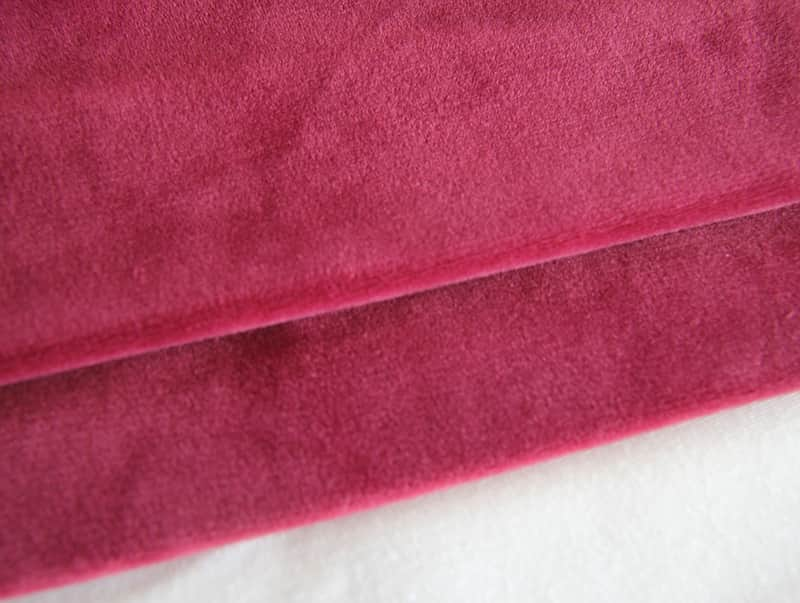The texture and feel of artificial leather can be engineered to closely mimic natural leather through several techniques:
Material Selection: The choice of materials plays a crucial role in replicating the characteristics of natural leather. Polyurethane (PU) is often preferred for its softness and flexibility, which can closely resemble the feel of genuine leather. In contrast, polyvinyl chloride (PVC) is more rigid but can be treated to enhance its texture. By selecting high-quality synthetic materials, manufacturers can achieve a tactile experience that mimics the luxurious softness and supple nature of natural leather, ensuring that the artificial leather feels comfortable and appealing to the touch.
Surface Treatments: Advanced surface treatments are essential for creating realistic textures. Techniques like embossing and debossing can imprint grain patterns onto the synthetic leather, mimicking the unique textures found in various types of natural leather. These processes can replicate everything from the fine grains of calfskin to the rugged textures of nubuck. Additionally, using multi-layered finishes can add depth and dimension, further enhancing the visual and tactile similarity to genuine leather.

Foaming Technology: Incorporating advanced foaming technologies allows manufacturers to enhance the cushioning and softness of artificial leather. By using special foams that mimic the natural padding found in leather, the synthetic material can achieve a plush feel that offers comfort akin to genuine leather. This not only improves the tactile experience but also makes the fabric more adaptable, allowing it to contour better to shapes, similar to how natural leather behaves.
Coatings and Finishes: Applying various coatings can significantly alter the surface feel and appearance of artificial leather. For instance, matte finishes can provide a more understated, natural look, while glossy finishes can enhance vibrancy and depth. Specialized treatments can also add water resistance and durability without compromising the soft feel. By experimenting with different coating techniques, manufacturers can create a product that not only resembles natural leather visually but also feels authentic when touched.
Testing and Consumer Feedback: Continuous testing and consumer feedback during the development process are vital for refining the texture and feel of artificial leather. Manufacturers often conduct trials to gather insights on how the product feels in real-world applications, such as furniture or fashion accessories. This iterative process allows designers to make adjustments based on user preferences, ensuring that the final product meets consumer expectations for authenticity and comfort. By actively engaging with end-users, manufacturers can fine-tune their offerings to better mimic the beloved qualities of natural leather.











